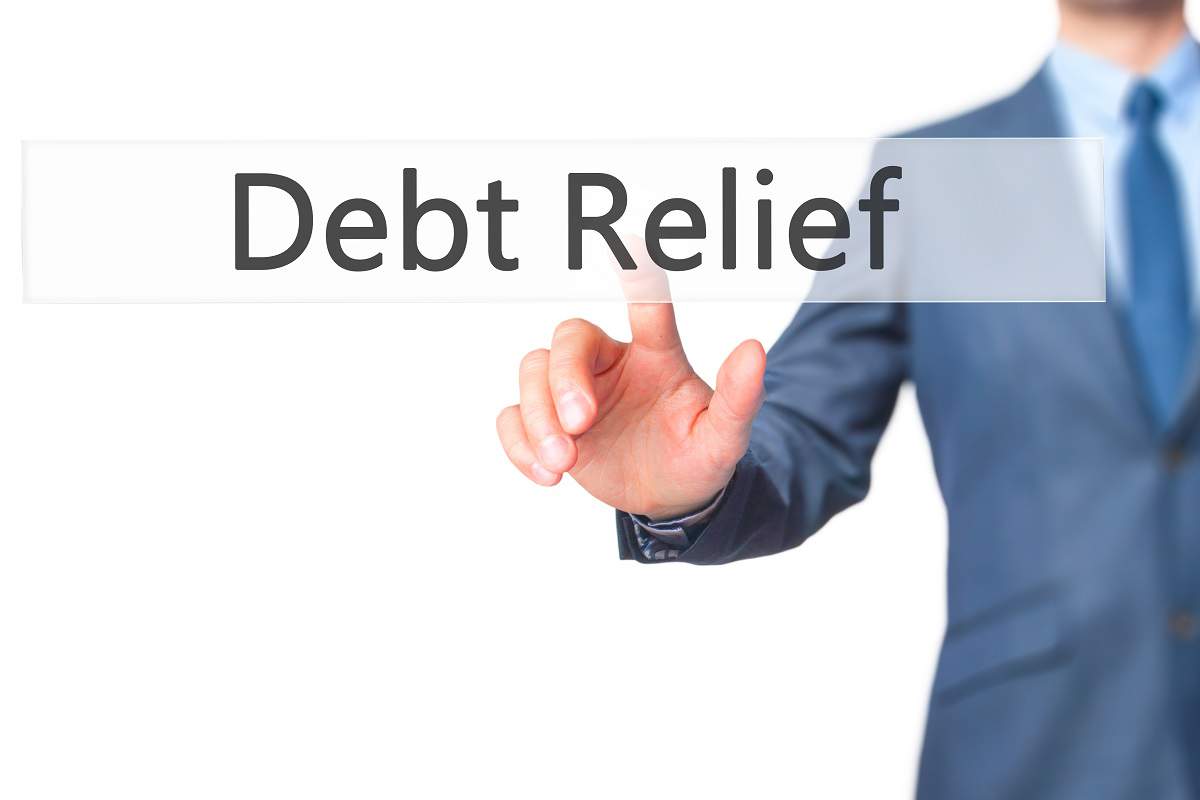If a lender cancels part or all of a debt, a taxpayer must generally consider this as income.
However, the law allows an exclusion that may apply to homeowners who had their mortgage debt canceled in 2016.

If a taxpayer’s lender canceled or reduced part of their mortgage balance through a loan modification or ‘workout,’ the taxpayer may be able to exclude that amount from their income. They may also be able to exclude debt discharged as part of the Home Affordable Modification Program, or HAMP. The exclusion may also apply to the amount of debt canceled in a foreclosure.
The exclusion may apply to amounts canceled on a refinanced mortgage. This applies only if the taxpayer used proceeds from the refinancing to buy, build or substantially improve their main home and only up to the amount of the old mortgage principal just before refinancing. Amounts used for other purposes do not qualify.
Other types of canceled debt such as second homes, rental and business property, credit card debt or car loans do not qualify for this special exclusion. On the other hand, there are other rules that may allow those types of canceled debts to be nontaxable. If a lender reduced or canceled at least $600 of a taxpayer’s debt, the taxpayer should receive Form 1099-C, Cancellation of Debt, by Feb. 1. This form shows the amount of canceled debt and other information.
Form 982
If a taxpayer qualifies, we report the excluded debt on Form 982, Reduction of Tax Attributes Due to Discharge of Indebtedness. We file the form with their income tax return.
The law that authorized the exclusion of cancelled debt from income was extended through Dec. 31, 2016.


Leave a Reply